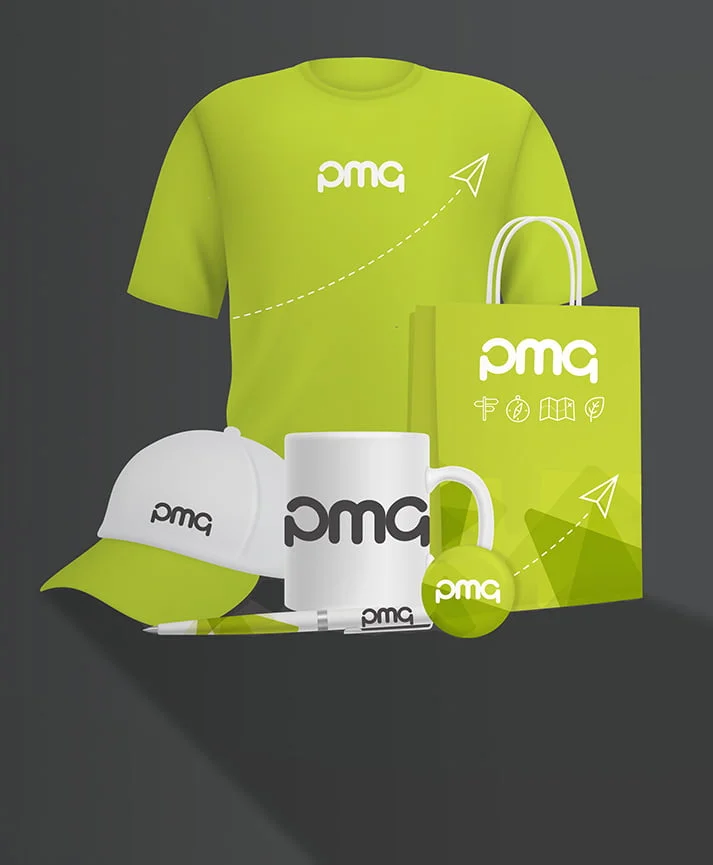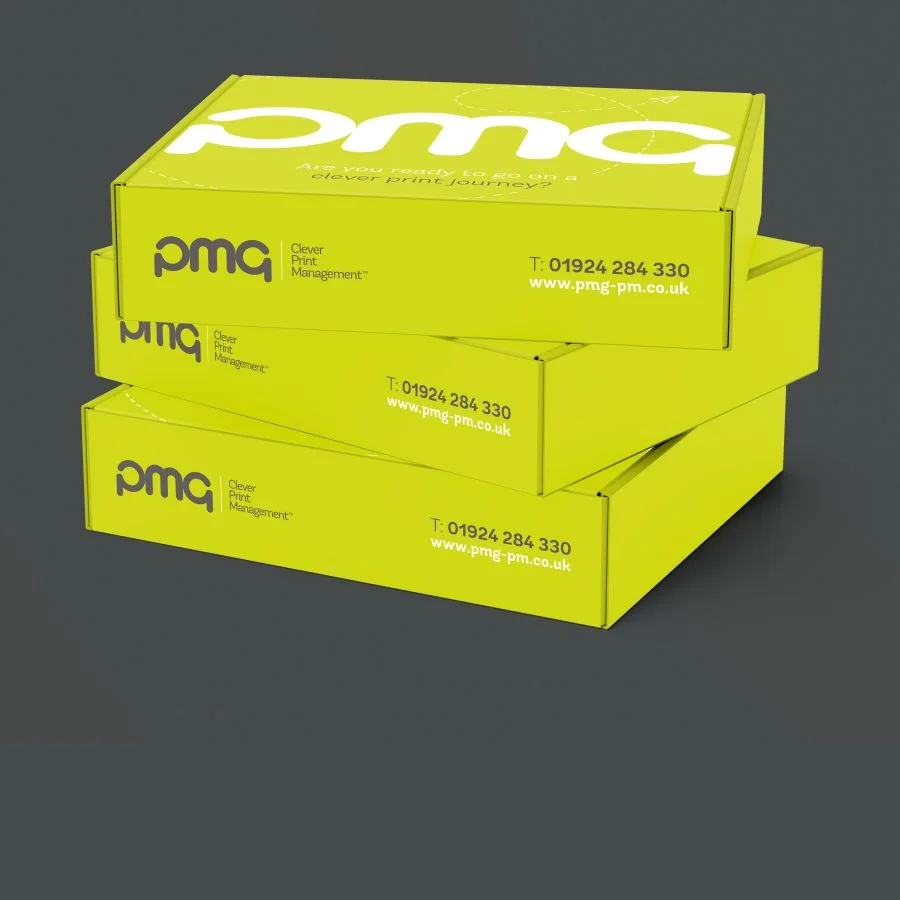
When asked to name the 100 most important advertising campaigns of the last century, Advertising Age named the Volkswagen ‘Think Small’ print marketing campaign at no.1. It’s easy to see why. Feted as the godfather of modern advertising, this campaign not only helped to revive the fortunes of a failing brand but also changed the way that American consumers looked at cars. This was clever print marketing at its finest. So what can we learn from the Volkswagen ‘Think Small’ campaign? What print design lessons can we take from this marketing icon? Read on to find out.
#1: Understand the market
In the late ‘50s, Volkswagen was faced with a conundrum. How do you revitalise a brand historically linked with Nazi Germany with the Second World War still fresh in the collective memory? Worse still, Volkswagen was aiming to sell a small car in the US when all consumers wanted were huge, showy, tailfinned monsters covered in chrome and packing massive V8 engines. The company was painfully aware of these market trends, however, and instead of looking to camouflage these negative perceptions Volkswagen decided to confront the latter head on through the ‘Think Small’ campaign.
#2: To challenge perceptions, acknowledge them
Volkswagen needed American consumers to start buying small cars at a time when vehicle size was related to wealth and status. They needed consumers to start thinking small, and so the company marketed the Beetle as the antithesis of the average American family car. In the print advert, the diminutive Beetle is pictured in the top left of the image, in black and against a white background. This makes the car appear even smaller than it is. Instead of shying away from the fact that the Beetle is a small car, the marketing team have accentuated the fact – making it a virtue rather than a foible. This helped to challenge the perceptions of small cars in the US.
#3: Rebrands can work wonders
While Volkswagen had successfully confronted the unpopular notion of a small car in post-war America, there was still the brand’s uncomfortable history to contend with. The Volkswagen brand was the brainchild of Ferdinand Porsche and Adolf Hitler – a fact that did not sit well with American consumers. The team behind Think Small decided that a rebrand was in order, and ‘VW’ was born. As simple as that – the inescapably German-sounding ‘Volkswagen’ name and its uncomfortable connotations was no longer an issue.
#4: Remember the importance of copy
Print design may be about the image more than the words, but copy is still important. The print marketing team behind ‘Think Small’ realised this, and as such created some quirky copy to accompany the now iconic imagery. At a time when car adverts in the US were essentially lists of features, this quirky tone helped to give Volkswagen a brand voice that stood out from the crowd. The Beetle has sold more than 21.5 million units worldwide in the years since, so clearly the marketers did something right…
#5: But images speak louder than words
Of course, it is the imagery used in the ‘Think Small’ campaign that has allowed the print advert to endure for so long. The juxtaposition of the tiny Beetle against the white background, the arty aesthetic of the monochrome colour scheme and the appealing three-quarter view of the car itself all helped to cement the advert in marketing history. This print ad is the perfect combination of aesthetic form, a clever concept and shrewd copywriting.
If you’d like to implement your own clever print marketing campaigns this year, the team at PMG can help. Get in touch with our design studio today and start creating some iconic print designs of your own.
















































